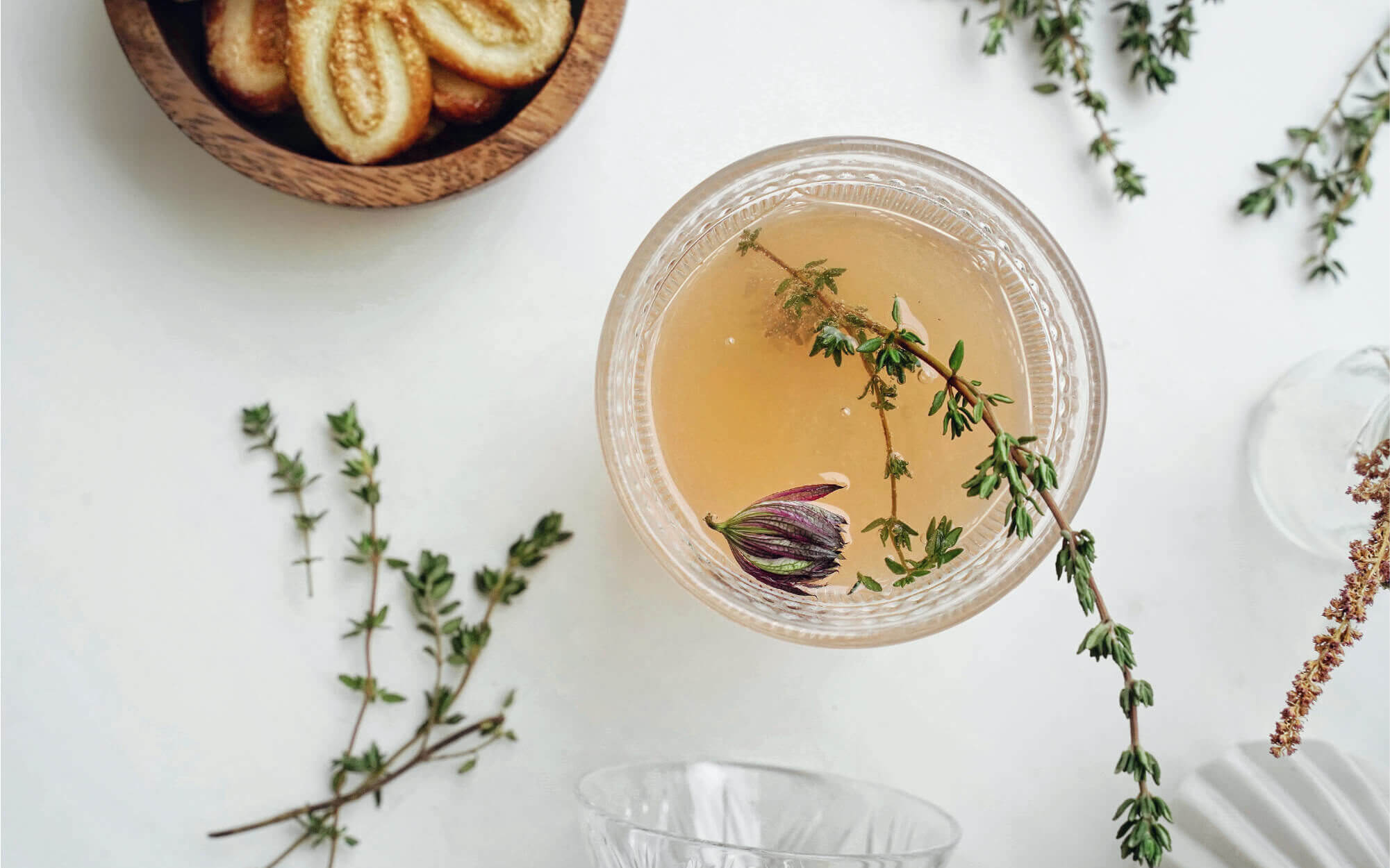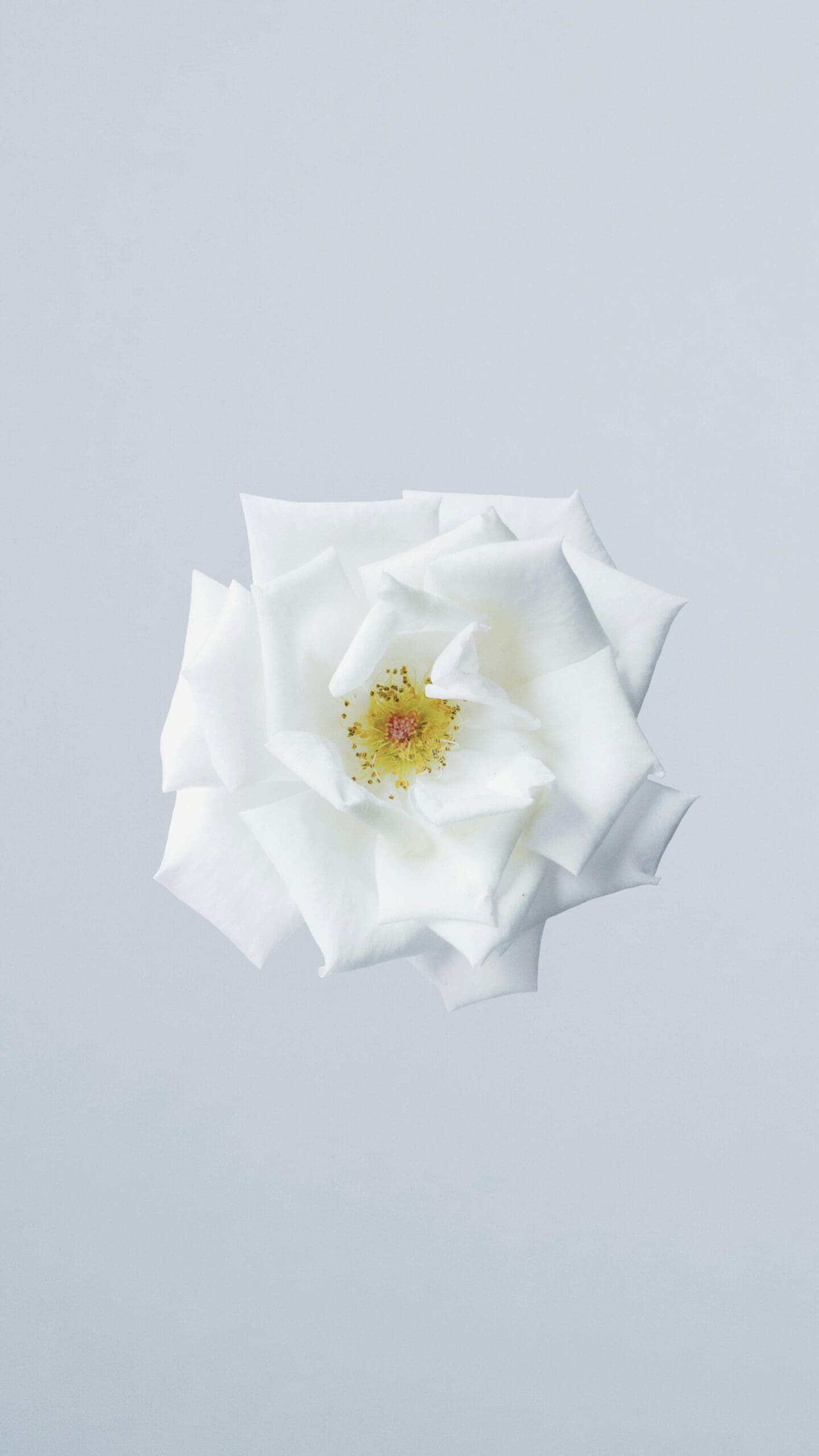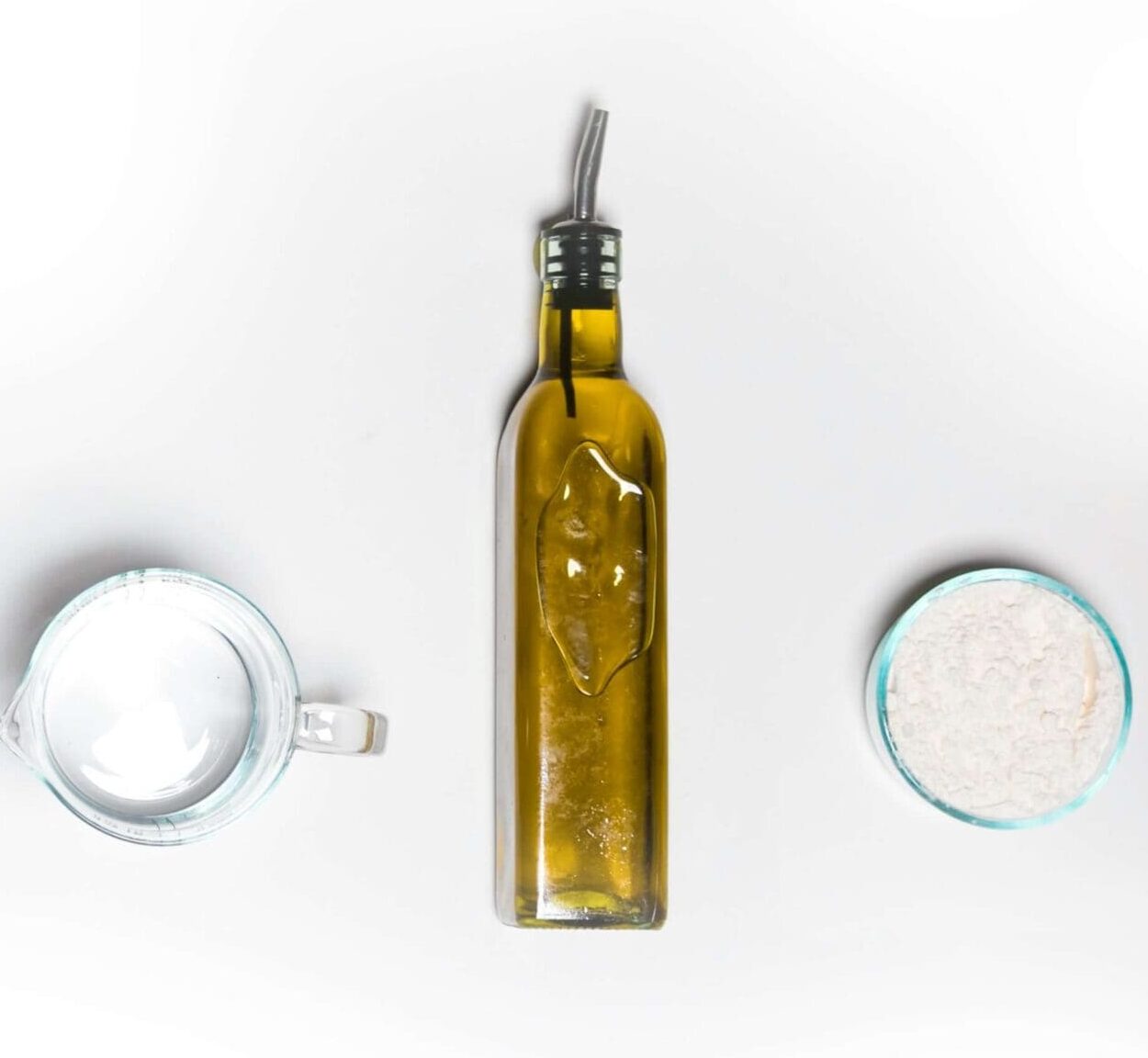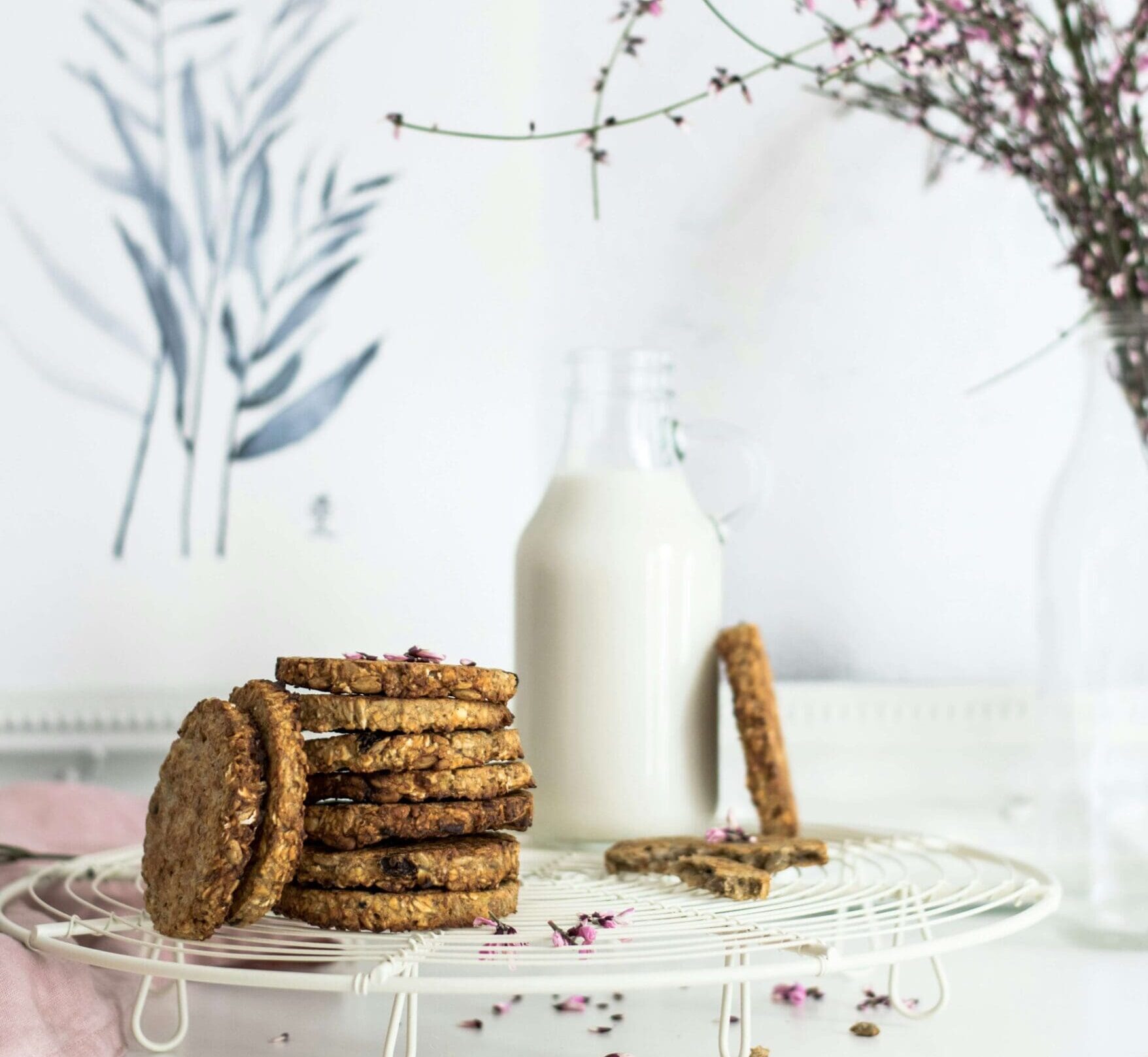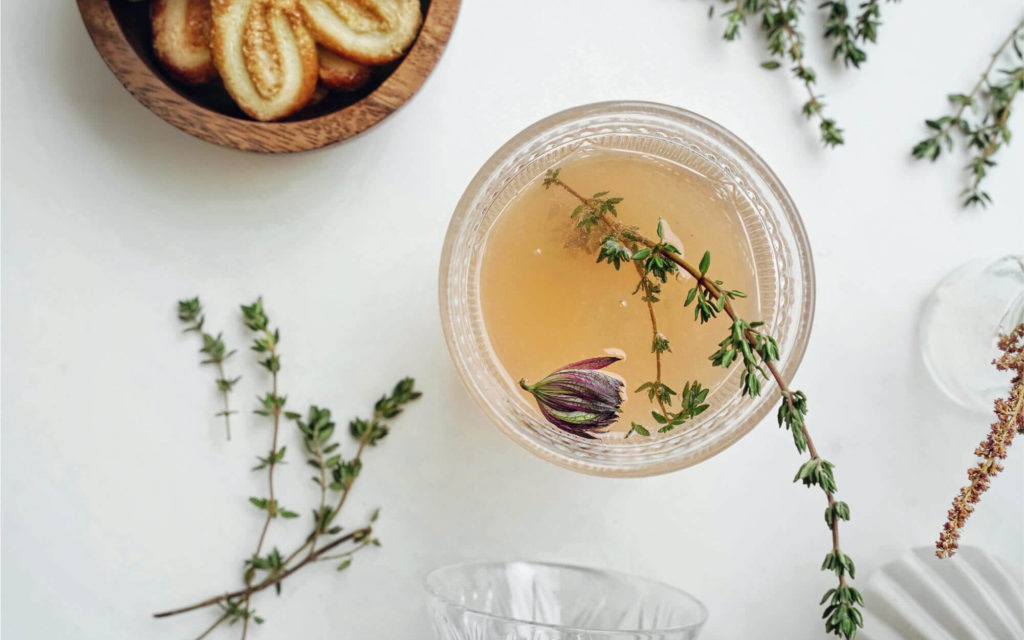
Hello friends! Do you enjoy having a beer or glass of wine after work? Maybe you like to meet up with friends at the end of a long week and have a few drinks to take the edge off. This is not uncommon! Alcohol is a large part of our social lives and how we cope with life’s daily stressors.
Unfortunately, ALL forms of alcohol that we drink (wine, beer, spirits) are classified as group 1 carcinogens (a substance capable of causing cancer). In fact, drinking alcohol has been linked with increased risk for six different types of cancer (oral, esophageal, stomach, liver, colorectal, and breast).
The more alcohol you consume, the greater your risk is for these six different cancers. Fortunately, eliminating or cutting back on your alcohol intake will help you reduce cancer risk!
Although research is still ongoing to identify exactly how alcohol promotes cancer growth, several theories have surfaced in an effort to explain the possible link.
6 Ways Alcohol Increases Your Cancer Risk
1. DNA Damage Increases Cancer Risk
During the process of your body breaking down the alcohol (ethanol), it forms a compound known as acetaldehyde. This substance can not only cause DNA damage, but it can also prevent your cells from repairing the damage. This is an issue since your DNA functions as an instruction manual, controlling cell growth and destruction. The DNA damage could potentially result in cancer by “turning off” the genes that promote cell death of damaged cells and by “turning on” the genes that tell the cell to continue growing and dividing. This change in gene expression can increase cancer risk! We do not want that!
2. Cancer-Causing Substances
Alcohol can also increase cancer risk by acting as a shuttle to bring harmful cancer-causing substances into the cell.
3. Low Levels of Nutrients
Alcohol consumption, especially in excess, can prevent your body from properly absorbing and using certain nutrients that you need for overall good health.
Vitamin D– plays a role in immunity and lower levels are associated with an increased cancer risk.
Vitamins C, Vitamin E– function as antioxidants to stabilize free radicals that cause cellular damage and increase cancer risk.
B-Vitamins (folate, thiamin) – Folate plays a role in forming DNA. When someone drinks a large amount of alcohol, less folate is absorbed, and more folate is excreted out of the body. This is an issue, especially since certain studies have associated low folate levels with an increased cancer risk.
4. Cirrhosis Increases Liver Cancer Risk
The liver is most impacted by heavy drinking, since it is the organ that metabolizes toxins and waste in the body. These byproducts of metabolism can damage liver cells, which overtime, can lead to irreversible scarring of liver tissue, otherwise known as cirrhosis. This condition increases the risk for liver cancer.
5. Altered Estrogen Levels Increases Breast Cancer Risk
Alcohol may change how estrogen, a female sex hormone, is metabolized, leading to higher levels in the blood. Higher levels are associated with an increased risk of breast cancer. Even small amounts of alcohol, such as 1 standard drink per week, may increase one’s breast cancer risk. There is an even higher risk if women drink alcohol while taking hormone replacement therapy, such as birth control. If you have a personal or family history of breast cancer, it may be wise to completely eliminate alcohol from your diet to reduce risk.
6. Smoking & Drinking and Cancer Risk
There is also a dramatic increase in cancer risk among those who smoke and drink alcohol. Those who are regularly exposing themselves to two different group one carcinogens could be making their cells more susceptible to damage and subsequent development of cancer.
Recommended Amount of Alcohol for Cancer Prevention
Although 0 drinks per day are recommended for cancer prevention, even reducing intake can help decrease cancer risk. The Dietary Guidelines for Americans recommends no more than 1 standard drink per day for women and 2 standard drinks per day for men.
Alcohol Drink Sizes
In general, one standard drink of any type of alcohol will have the same amount of ethanol per serving. This means that if you consume a larger serving than a standard drink, you are consuming more ethanol. Many bars and restaurants serve bigger portions than a standard drink. It is also common to find wine or shot glasses at the store that are larger than a standard serving, making it easier for the consumer to pour a larger glass and consume more alcohol. If you are trying to cut back, first get an understanding of how many drinks you consume per week.
1 standard drink equals . . .
- 12 oz of beer
- 5 oz of wine
- 1.5 oz of 80 proof liquor
Moving Towards an Alcohol-Free Lifestyle for Cancer Prevention
Once you have an understanding of your baseline, you can start to work on cutting back from there as part of a cancer prevention lifestyle. Some tips include . . .
- Alternating alcoholic drinks with a nonalcoholic drink
- Designating alcohol-free days during the week
- Trying other beverages that relieve stress, such as hot tea or hot chocolate
- Cutting back your serving size by using smaller glasses
- Inviting friends to sober activities
- Trying your hand at mocktails (recipes below)
Remember, it is ultimately your choice to decide whether or not to consume alcohol. If you decide to cut back, don’t be afraid to draw boundaries with loved ones who pressure you to drink. Remember that you are doing this for YOU, and get excited about all the things you CAN do to reduce cancer risk while following an alcohol-free lifestyle.
Alcohol-Free Drink Recipes to Reduce Cancer Risk
Just because you are living an alcohol-free lifestyle does not mean you are prohibited from enjoying refreshing, delicious drinks. In fact, many people may find they prefer the alcohol-free version, and realize that many drinks actually taste better without the alcohol.
Virgin Mary Mocktail (Non-Alcoholic)
Making a virgin bloody mary is as easy as removing the vodka from your favorite bloody mary recipe—with our recipe, making this flavorful drink has never been easier. Use it as a brunch drink or use this mocktail for baby showers or as a cooling aperitif during hot summer days. The antioxidant lycopene in the tomato juice is an extra bonus to further reduce cancer risk!
Yields: 1 serving
Ingredients
- 3 ounces low sodium tomato juice
- 1/2 ounce lemon juice
- 1 dash Worcestershire sauce
- Freshly ground black pepper
- 2 dashes hot sauce, such as Tabasco
- 1 stalk celery, for garnish
- 1 pickle spear, for garnish
- 3 green olives, for garnish
Directions
- Gather the ingredients.
- Pour the tomato juice and lemon juice into a highball glass filled with ice cubes.
- Mix all ingredients well.
- Add the Worcestershire sauce, pepper, and hot sauce to taste.
- Garnish with the celery stalk, pickle spear, and olives if using.
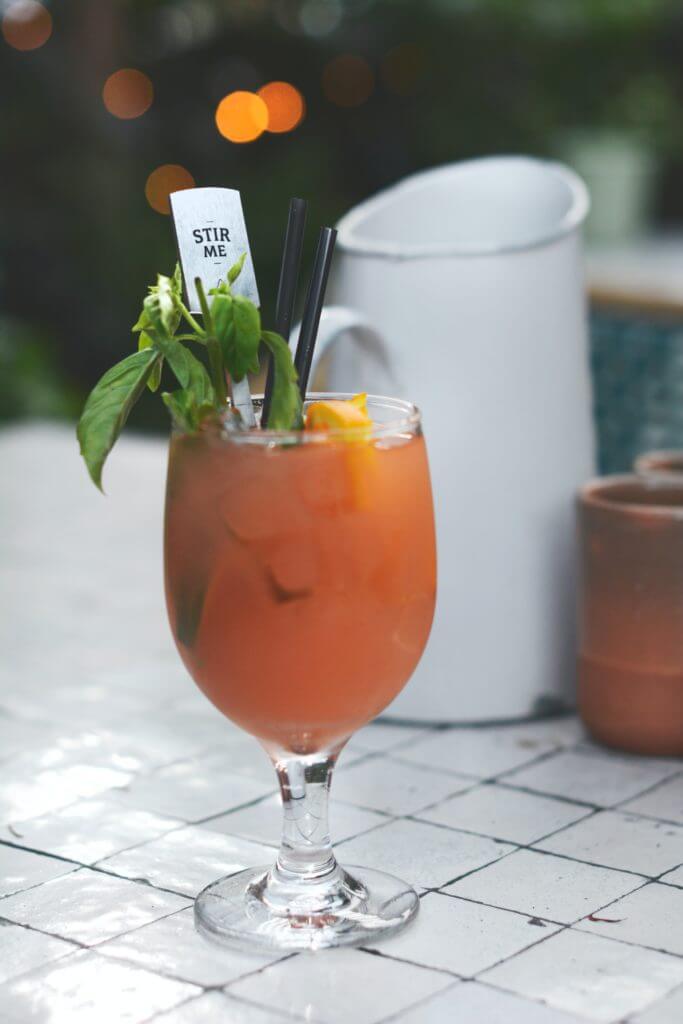
Blueberry Ginger Cooler (Non-Alcoholic)
Blueberries, rich in protective plant compounds, may improve brain, eye and heart health along with reducing cancer risk. The serving size of blueberries is about 74 grams, of the berries.
Yields: 6 servings
Ingredients
- 1 liter water
- 1.25 cups fresh blueberries
- 1 heaping tablespoon grated ginger
- 4-5 tablespoons sugar or adjust to taste
To serve
- 3 cans of lemon lime sparkling water unsweetened
- ice cubes
- mint leaves
- Lime slices to garnish (optional)
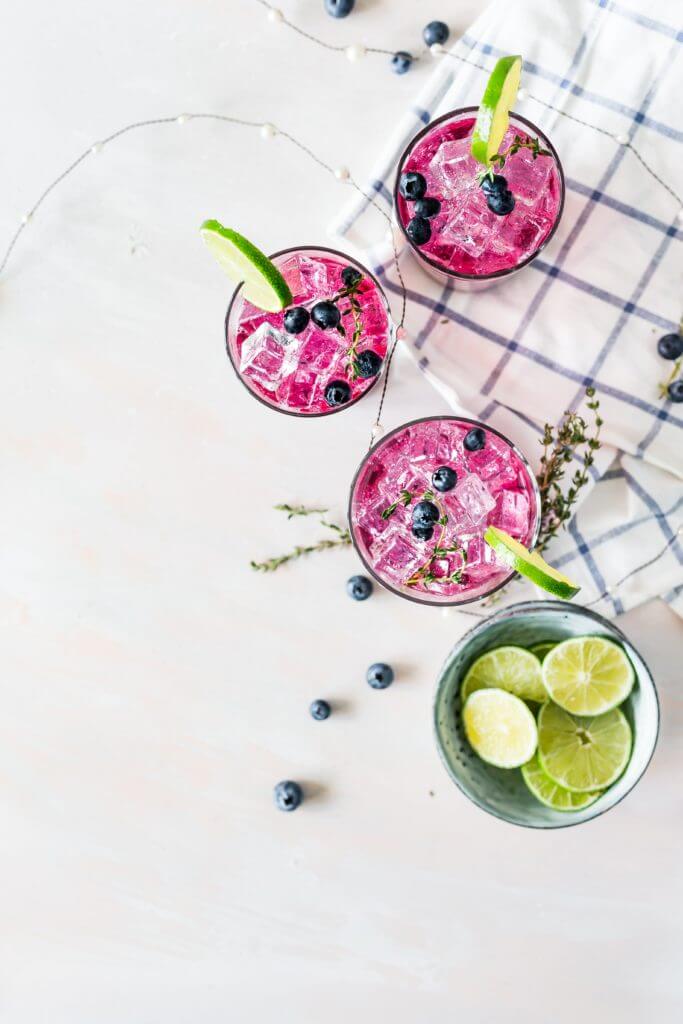
Directions
- To a pan on medium-high heat add water, blueberries and grated ginger.
- Let it all come to a boil. Once the mixture starts boiling, add sugar and mix till it dissolves.
- Now lower the heat and using the back of your spatula, mash the blueberries. Mash all of it and let the mixture simmer for another 10-15 minutes.
- Remove from heat and once the syrup has cooled down, cover it with a cling sheet and let it sit at room temperature for 2-3 hours. This is important so that the flavors mix-in well.
- After 2-3 hours, strain the syrup into a clear bowl. At this point you can cover and keep it refrigerated until ready to use. To serve the blueberry ginger cooler, fill 2/3 of the glass with the syrup, add ice cubes. And then add lemon-lime sparkling water on top and stir so that the soda and syrup combine well. Garnish with some fresh blueberries and mint leaves.
Follow my IG where I talk about all the facts in a simple way after cancer!
Hey friend. I know you are tired of all the confusing and often conflicting nutrition information out there. Do you crave straightforward and CLEAR nutrition FACTS that are not too science-ey and easy to digest?
In my BRAND NEW monthly membership, Cancer Simplified, I offer clarity on over 75 nutrition topics, give you exclusive access to DELICIOUS recipes, easy-to-follow training videos, and countless other resources. If you are ready to go back to feeling like your best, and go from confused to confident, then click here to sign up and join my membership! I am so excited to share this with you!
References
- Alcoholic drinks and cancer risk. WCRF International. (2022, April 28). Retrieved August 6, 2022, from https://www.wcrf.org/diet-activity-and-cancer/risk-factors/alcoholic-drinks-and-cancer-risk/
- AICR. (2020, July 14). Alcohol and Cancer Risk: The Latest Research. American Institute for Cancer Research. Retrieved March 22, 2022, from https://www.aicr.org/news/alcohol-and-cancer-risk-the-latest-research/
- Folate. Memorial Sloan Kettering Cancer Center. https://www.mskcc.org/cancer-care/integrative-medicine/herbs/folate. Updated September 12, 2022. Accessed January 25, 2023.
- White, A. J., DeRoo, L. A., Weinberg, C. R., & Sandler, D. P. (2017, June 1). Lifetime alcohol intake, binge drinking behaviors, and breast cancer risk. OUP Academic. Retrieved August 6, 2022, from https://academic.oup.com/aje/article/186/5/541/3806860?login=true
This blog is not intended as medical nutrition therapy, medical advice, or diagnosis and should in no way replace consultation or recommendations from your medical professional.
